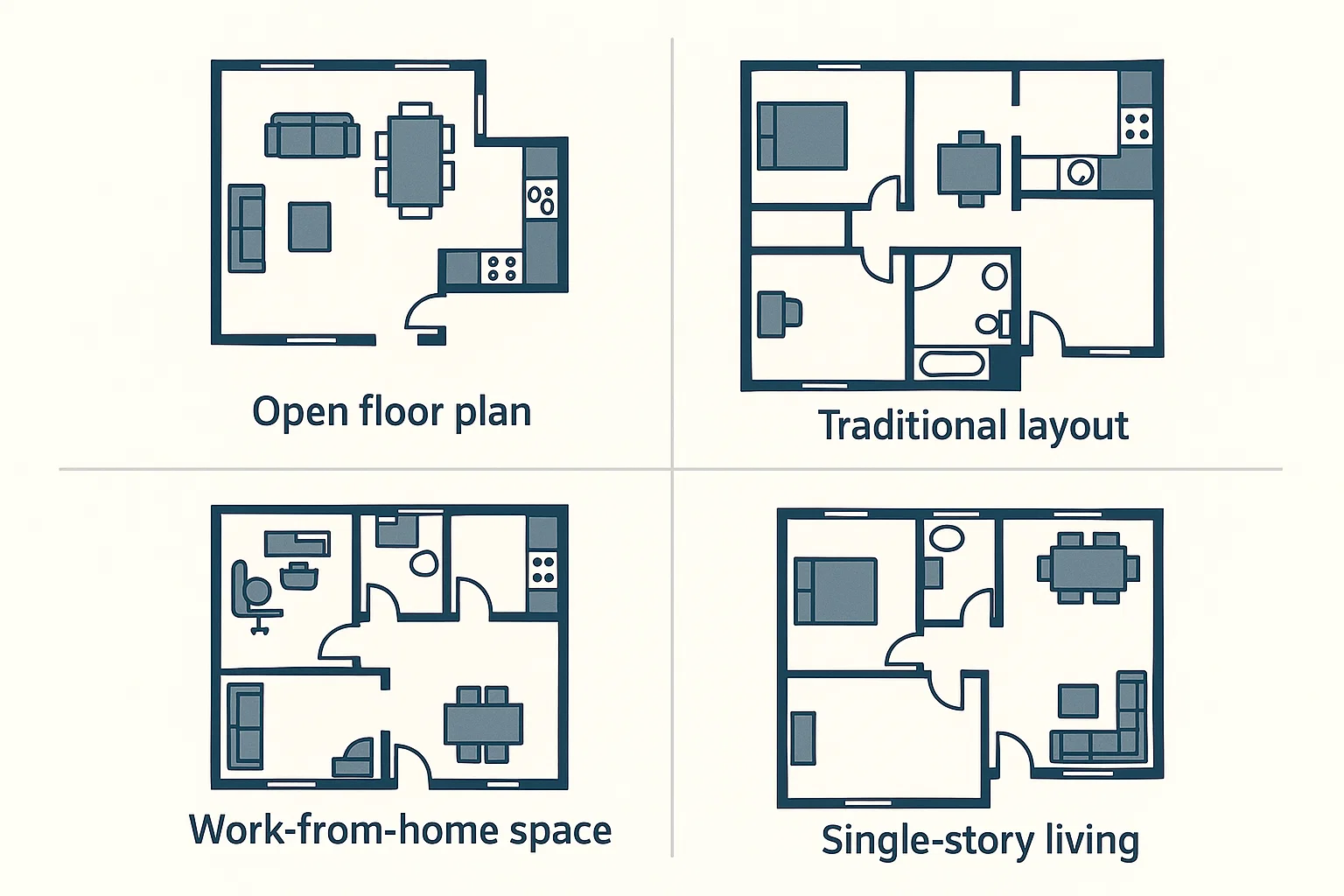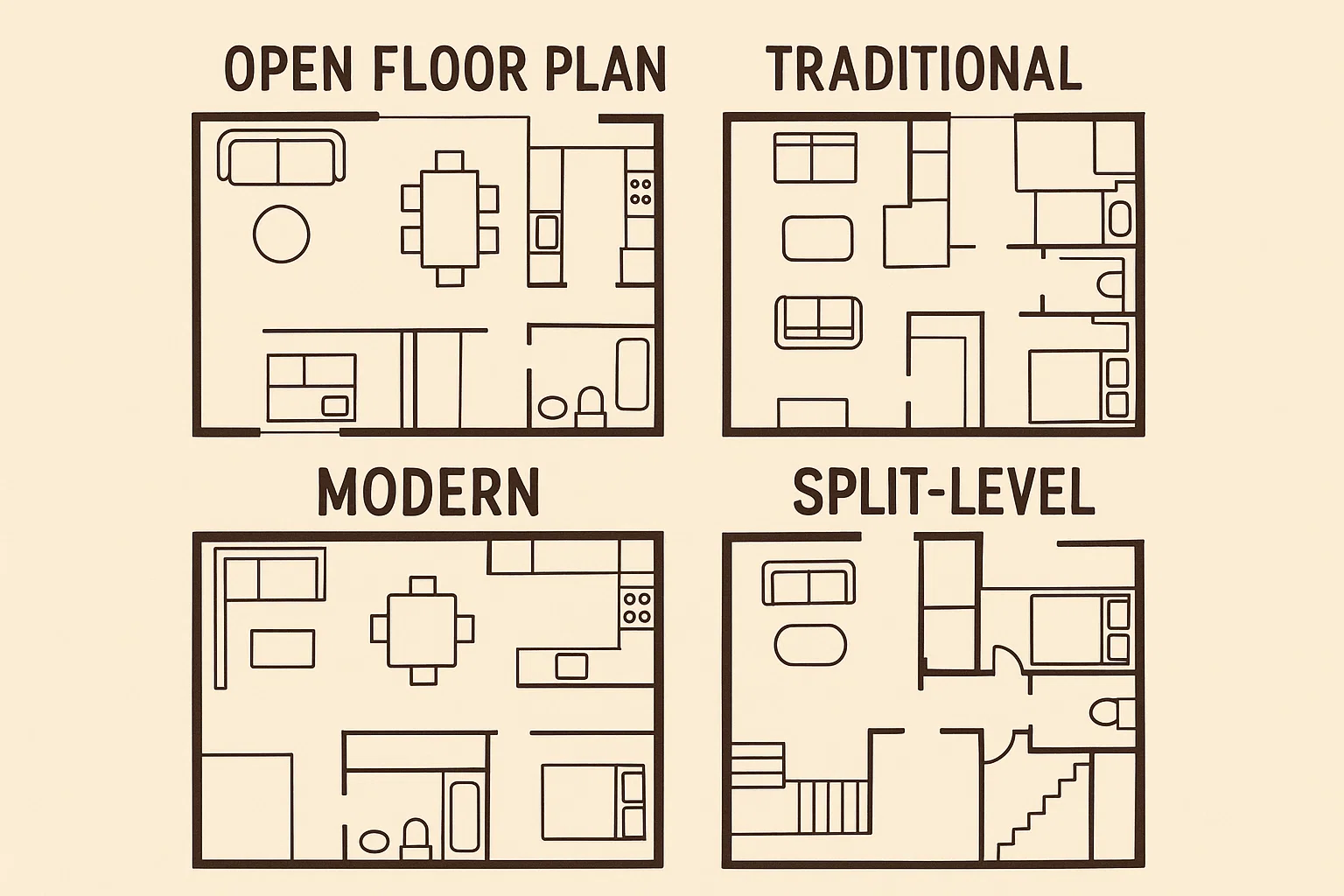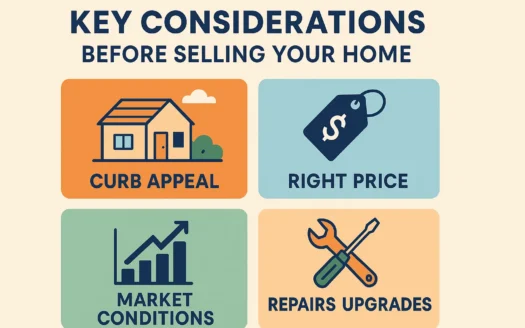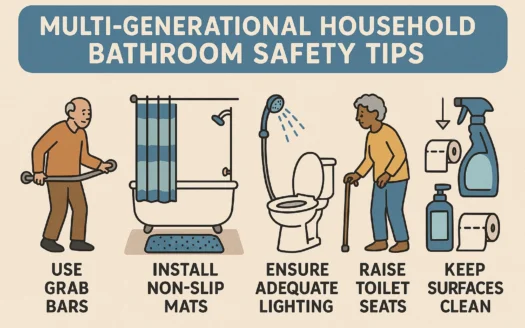Homebuyers’ Floor Plan Choices Explained

Photo Credit: Flo Pappert from Unsplash
Photo Credit: Flo Pappert from Unsplash
When Sarah McCracken and her husband, Mike, began searching for their first home, they weren’t sure about the location or even the size they wanted. But they were in agreement on one thing: Whichever home they ultimately selected needed to have two stories.
The couple found their dream home in Walpole, Mass., and closed on it in March 2025. It’s about 2,100 square feet, with a basement, formal living room, family room, sun porch, kitchen/dining combination and office. And it has two stories.
“The division of space is nice,” says Sarah, a 29-year-old nonprofit manager. “Having the bedrooms upstairs so they don’t interfere with the living area was what we were looking for. Our parents like to go to bed early when they come to visit, so we can watch TV downstairs and not bother anybody.”
The Factors Influencing Homebuyers’ Floor Plan Choices
The McCrackens’ thought process is typical of homebuyers today, experts say. “There is an overwhelming list of factors to consider when buying a house, and these factors vary significantly based on the buyer’s demographic and lifestyle preferences,” says Alina Laguna, broker-associate at RE/MAX Futura in San Francisco. “After all, buyers will be spending many years in their home, and they need to be sure to select something that fits not only their current lifestyle but also their needs into the future.”
The Effect of Age and Price on Floor Plan Preferences
A buyer’s age has a significant effect on their choice of a one- versus two-story home. Many homeowners today plan to age in place, and having a home without stairs makes that easier. According to What Home Buyers Really Want, 2025 Edition, a report by the National Association of Home Builders, a buyer’s preferred floor plan varies depending on their age.
- Nationally, 65% of buyers of all ages prefer a single-story home, while just 29% prefer a two-story model.
- 33% of buyers under age 35 prefer single-story homes.
- 76% of buyers aged 55–64 prefer single-story homes.
- 84% of buyers aged 65+ prefer single-story homes.
Homebuilder GL Homes, which constructs communities for both active adults and families, observes similar trends. “People at a certain stage of life don’t really want to go up and down stairs,” says Jill DiDonna, a GL Homes senior vice president. In family communities, however, price often dictates choices. “If they’re choosing a one-story, smaller-square-footage house, a lot of it is because of the price point they’re trying to stay within,” DiDonna explains.
The Effect of Location on Floor Plan Choice
Regional availability also plays a role. According to a 2025 NAHB report:
- 17% of single-family homes in the Northeast are one-story.
- 43% in the South, 53% in the Midwest, and 41% in the West are one-story.
Land costs often drive these differences. In expensive markets, building vertically allows larger homes on smaller lots.
The Effect of Lifestyle on Floor Plan Choice
Lifestyle considerations include privacy, safety, and entertaining needs. “A one-story home is essential for elderly owners or families with small children,” says Justin Potier, a broker/manager at Carrington Real Estate Services. “It’s quicker and safer when exiting in an emergency.” Meanwhile, two-story homes may appeal to those seeking separation between living and sleeping areas.
How to Choose: Future-Proofing Your Decision
Experts emphasize looking ahead. “Anticipate future needs,” DiDonna advises. “Think five or 10 years down the road. Will your household grow? Will aging parents move in? Buyers need to balance today’s wants with tomorrow’s realities.”
The Bottom Line: Whether prioritizing affordability, aging in place, or family dynamics, the choice between one- and two-story homes hinges on a mix of age, budget, location, and lifestyle—all viewed through the lens of long-term needs.




